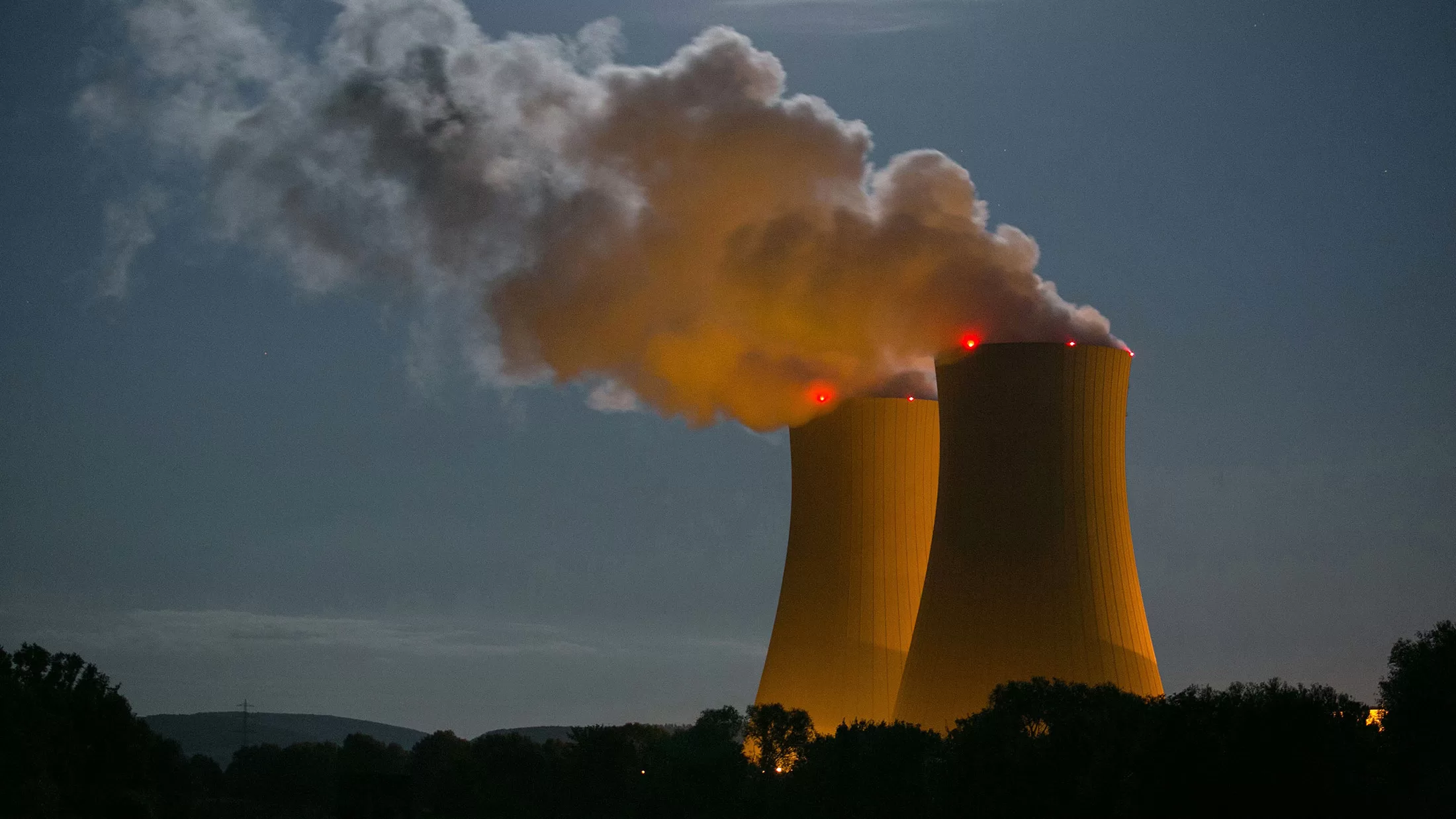Set to open in 2034, Kenya seeks to construct East Africa’s first nuclear plant by 2034 despite local opposition. The plant is set to open on the coast of the Indian Ocean. The insights provided come as the government prepares to host a US-Africa summit on nuclear energy next week. The announcement has already raised objections from activists and residents over safety and environmental concerns. The construction of the 1-gigawatt plant will begin in 2027, according to the project’s scope. Furthermore, the project is expected to cost around $3.9 billion, according to media reports. Prime Cabinet Secretary Musalia Mudavadi said that in the early 2030s, they would commission a research reactor. “Kenya is committed to leading in clean energy. Kenya is focused on advancing nuclear technology as part of Kenya’s sustainable energy strategy,” said Mudavadi in a statement.
The Significance of East Africa’s First Nuclear Plant in Kenya
If the implementation and expected timeline of East Africa’s first nuclear plant come to fruition, the project will have immense significance. For instance, the project aims to increase Kenya’s energy capacity. It also seeks to reduce carbon emissions and create new job opportunities. Kenya generates about 90 percent of its energy from renewable sources, including geothermal, hydroelectric, wind, and solar power. President William Ruto, who has positioned himself at the forefront of African efforts to combat climate change, said the country could increase that figure to 100 percent by 2030. Once fully operational, it is expected that by 2035, Kenya will have installed a capacity of 4 GW of nuclear energy. This is expected to generate about 19% of Kenya’s energy needs. It also means that nuclear power would be the second-largest source of energy in Kenya, coming second after geothermal power, a clean form of energy.
One of the Major Setbacks Hindering the Implementation of the Project
Though the significance of East Africa’s first nuclear plant in Kenya may prove beneficial in many ways, it also faces setbacks. The prospect of a nuclear plant on the Indian Ocean coast has raised significant concerns, particularly among activists and residents. The Kenya Anti-Nuclear Alliance urged the government to focus on renewable energy sources instead. “Instead of pursuing a nuclear programme that puts the lives and livelihoods of our people at risk, we urge the government to invest in renewable energy sources that are safer, cleaner, and more sustainable,” said the group earlier this year. The proposed plant will be located in Kilifi County, known for its white sandy beaches and seafood. It is also a major tourist hub for its coral reefs and dense mangrove forests. Residents are particularly worried about the environmental impact, as they are already battling plastic pollution in the area.
Nuclear Energy as a Growing Trend Across Africa
The ambitions of implementing East Africa’s first nuclear plant in Kenya are part of a broader trend across Africa. South Africa remains the only African nation with a civil nuclear program, operating two reactors for over 30 years. Rwanda has signed a deal with a Canadian-German startup to build an “experimental” nuclear reactor to reduce its reliance on fossil fuels. Kenya’s interest in nuclear energy dates back to the 2000s, gaining momentum in 2018 when 10 other African countries expressed interest in nuclear energy. The International Atomic Energy Agency (IAEA) reports that more than a third of the countries applying for nuclear energy are African, encouraged by the continent’s large uranium reserves.
Also read:

